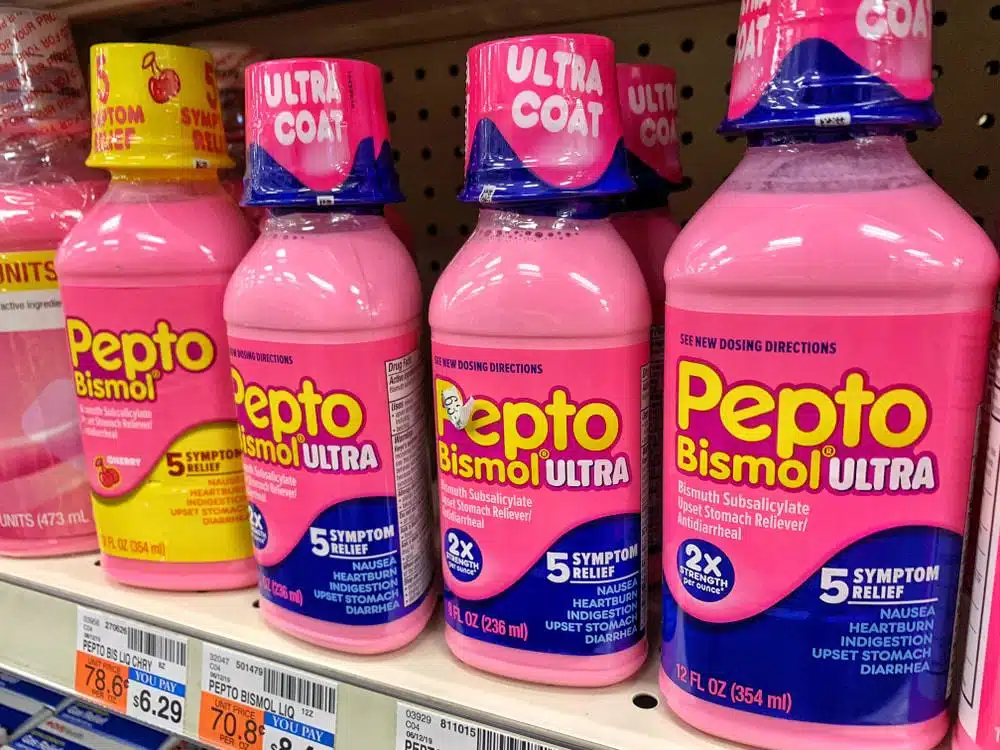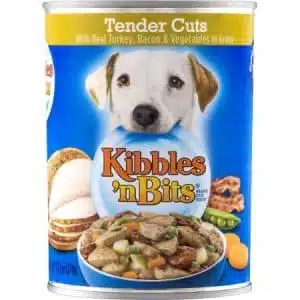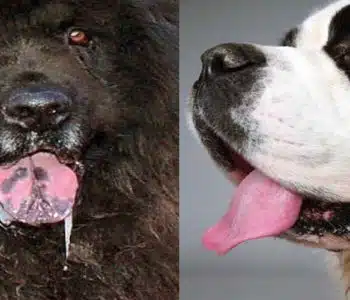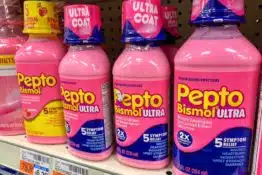
10 Facts You Should Know About Pepto Bismol for Dogs
Taylor A Ritz
No one wants to see their dog suffer, even if they’re suffering from something as simple as an upset stomach. If your dog has diarrhea or another digestive upset, it’s natural to want to help them feel better.
Did you know that you can use Pepto Bismol to treat your dog’s upset stomach? In much the same way we use Pepto Bismol to help our tummies feel better when they’re upset, we can use it for our dogs as well.
Top Picks for Your Furry Friends
Choosing the best products for your furry friends involves considering their unique needs and preferences. For dog food, opt for high-quality options tailored to their size, age, and health requirements. Look for real meat as the main ingredient and avoid unnecessary additives.

- Designed with a head-turning enameled camo design that won’t fade—choose from 3 vibrant colors!
- Crafted from durable stainless steel that won’t rust or corrode.
- Get up to 4 lines of customized text engraved on the back.
- The laser-engraved text will stand up to all your dog’s ex-paw-ditions.
- Comes with a split ring, so you can attach it to your furry friend’s collar or harness.

- Can be personalized with up to 4 lines of custom text on tag back.
- Stainless steel ID tag that shows off your furry friend’s fancy side with a Swarovski Crystal paw print on the front.
- Adds stylish sparkle, color and bling to your paw-tner’s collar.
- Laser engraved to withstand your pet's wildest adventures so the writing won’t scratch or rub off.
- Comes in 2 sizes with 6 different color choices to match your companion’s paw-sonality.

- Waterproof and reflective collar allows your pal to enjoy her daily dog duties while keeping her safe and visible in low-light areas.
- Laser-engrave up to 25 characters (including spaces) with your dog’s name and phone number to ensure your pup always has ID.
- Made of durable BioThane coated webbing that’s resistant to odors, dirt, moisture and oils, and can be rinsed and dried for a easy cleaning.
- Open-ended, adjustable collar has 4 holes for the perfect fit, a traditional metal buckle and a non-corrosive D-ring for a leash and tag attachment.
- Available in 5 adjustable sizes and 3 collar color options.
1. What Is Pepto Bismol?
Pepto Bismol is the brand name for bismuth subsalicylate. This compound is an antacid medication used to treat discomfort in the stomach and gastrointestinal tract. Pepto Bismol is a well-known pink substance that is available over-the-counter.
2. Where Does Pepto Bismol Come From?
Bismuth salts were used in Europe beginning in the 1700s, but bismuth subsalicylate was not used until the early 1900s in the United States. Originally, the compound served as a treatment for life-threatening diarrhea in infants suffering from cholera.
Pepto Bismol was first sold by a doctor in New York sometime around the turn of the 20th century. The product got the name Pepto Bismol in 1919. First sold by Norwich Pharmacal Company, Procter and Gamble bought out the corporation in 1982. Procter and Gamble still produce Pepto Bismol.
3. How Does Pepto Bismol Work?
Pepto Bismol can treat the symptoms of a variety of digestive issues. But how does it work? While the exact mechanism for how this medicine operates isn’t completely mapped out, we do have some idea of how it works.
- Pepto Bismol stimulates the intestinal wall to absorb fluids and electrolytes.
- The salicylate nature of the compound reduces inflammation and irritation of the stomach and intestinal lining.
- It also reduces the hypermotility of the stomach.
- Salicylic acid, a sub-component, can kill harmful bacteria.
- Pepto Bismol can bind toxins produced by E. coli, a common cause of diarrhea.
4. Can You Give Your Dog Pepto Bismol?
While you shouldn’t consider it a permanent or long-term solution, you can use Pepto Bismol to treat symptoms of digestive upset in your dog.
Note: Never attempt to diagnose or treat your dog without consulting a licensed veterinarian.
5. In What Forms Is Pepto Bismol Available?
You can find Pepto Bismol in chewable tablets and capsules you can swallow; however, it’s best known for its original formula: a thick pink liquid flavored with teaberry.
6. What Is Corrective Suspension?
Corrective Suspension is a compound similar to Pepto Bismol that has been specifically engineered for use in dogs. While you may use regular Pepto Bismol to treat your dog’s symptoms with no ill effects, Corrective Suspension is actually made for dogs.
7. What Are the Side Effects of Pepto Bismol?
There are a few concerns and risks associated with giving your dog Pepto Bismol. This is a prime reason why it is vital to consult your veterinarian regarding your dog’s needs. Pepto Bismol can turn a dog’s stool a green-black color. This change in coloration could mask melena, or blood in the stool, making it difficult to verify if your dog is having a serious medical issue. Melena presents as black, tar-like stools and can indicate a very serious medical problem.
Pepto Bismol tablets appear opaque on X-rays. Why is this a problem? If your veterinarian performs a radiograph of your dog’s abdomen, they may see the tablets in your dog’s intestines. Unfortunately, these tablets appear as foreign bodies of metal in your dog’s body. This could lead to unnecessary – and expensive – surgery to remove the “metal” from your dog’s body.
8. What Dogs Should Avoid Pepto Bismol?
While Pepto Bismol may prove helpful or even beneficial to some dogs, others should not be given the antacid. Dogs allergic to one or more of the active ingredients in Pepto Bismol should not take it, and neither should pregnant or nursing dogs.
A dog with any kind of bleeding disorder should also probably not take Pepto Bismol. Pepto Bismol can also interact with some other medications, like aspirin and some antibiotics; for this reason, consult your veterinarian before medicating your dog with over-the-counter purchases.
9. How Do You Give Your Dog Pepto Bismol?
Some off-brand versions of bismuth subsalicylate contain slightly different ingredients. It’s important to note the ingredients to make sure there isn’t anything toxic to dogs listed on the label.
To give liquid Pepto Bismol to your dog, use a plastic feeding syringe. Fill the syringe to the veterinarian-recommended dosage amount. Then squirt the liquid into your dog’s mouth. Aim the syringe towards the side of your dog’s mouth, not directly down the throat.
Break the dosage up into multiple squirts if your dog has trouble swallowing the medicine. If you have the chewable tablets, you may be able to hide your dog’s dose in a treat.
10. Alternative Solutions For Your Dog’s Stomach Pain Relief
Oftentimes, if your dog experiences diarrhea, they may not need any medication at all. Some veterinarians recommend feeding a very bland diet to quiet your dog’s digestive tract. Plain, boiled chicken and white rice offer a great home remedy for a dog with diarrhea.
Your dog may also feel comforted by your mere presence. If they aren’t feeling themselves, try a few tummy rubs while your dog relaxes next to you. If your dog doesn’t feel better soon, their symptoms get worse, or they develop new symptoms, take them to the veterinarian.
Please note that though Pepto Bismol may be used in canines, it should never be given to a cat.
Best Dog Food for Your Furry Friends
Choosing the best dog food for your furry friends involves considering their specific needs and preferences. Opt for high-quality dog food with real meat as the main ingredient, providing essential proteins for their overall health. Look for formulas that include a balanced mix of carbohydrates, healthy fats, and essential nutrients.

- Features farm-raised beef as the number one ingredient and this naturally delicious premium food is made with added vitamins, minerals and nutrients.
- Made without artificial preservatives or flavors and with colors only from natural sources.

- Medium adult dry dog food formulated with precise nutrition specifically made for dogs 1–7 years old weighing 23–55 lb.
- Supports natural defenses for immune support with a blend of prebiotics and antioxidants for dogs.
- Maintains healthy skin and a healthy dog coat with optimal levels of EPA and DHA.
- Promotes dog digestive health with easy-to-digest proteins and a balanced supply of fiber.
- Palatable, medium breed adult dog food has an exclusive kibble design to encourage chewing.

- Complete and balanced nutrition has antioxidants, vitamins and minerals to help maintain a healthy lifestyle.
- Optimal levels of omega-6 fatty acid nourish the skin and help keep his coat shiny and healthy.
- Whole grains and a special fiber blend support healthy digestion with a delicious roasted chicken flavor.
- Unique, crunchy texture helps clean the teeth with every bite to support good oral health between brushings.
- Proudly made in the USA with the world’s finest ingredients; contains no high fructose corn syrup, artificial flavors or sugar.
















